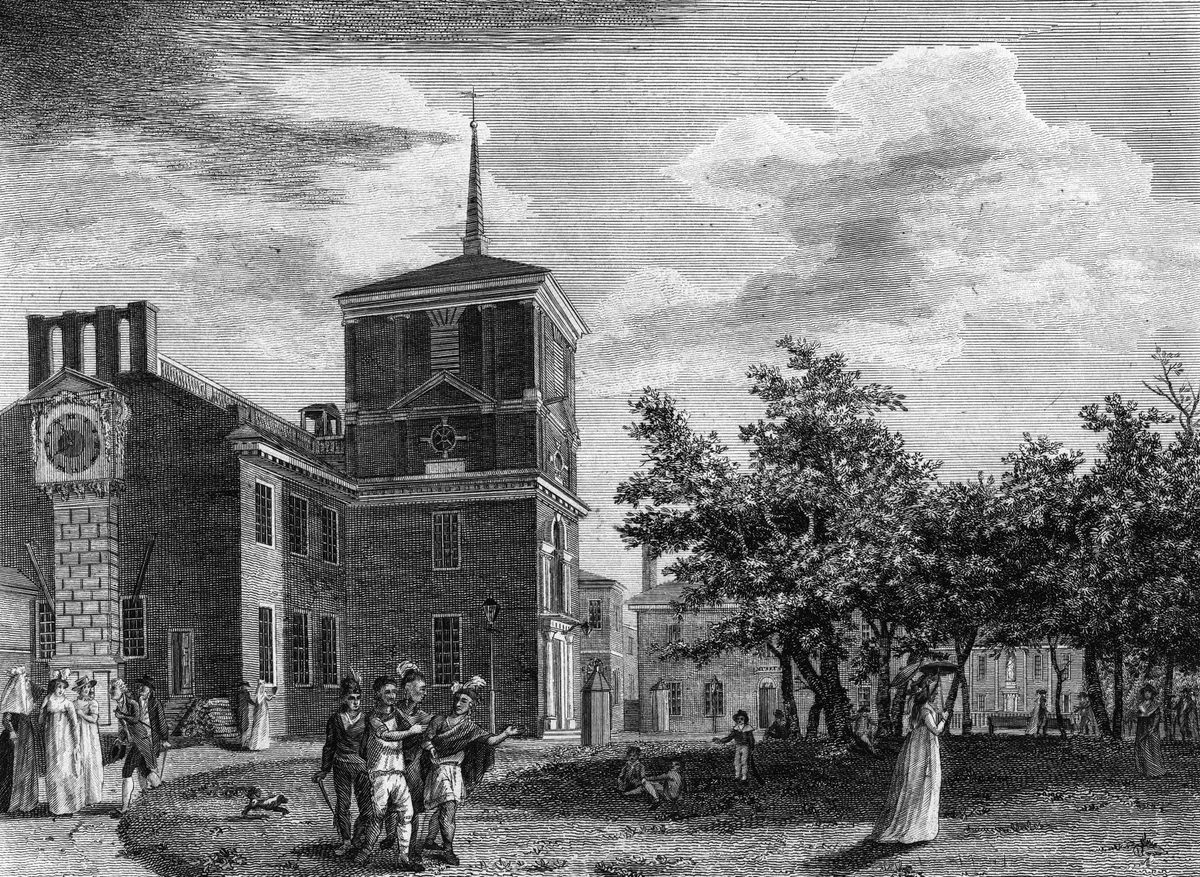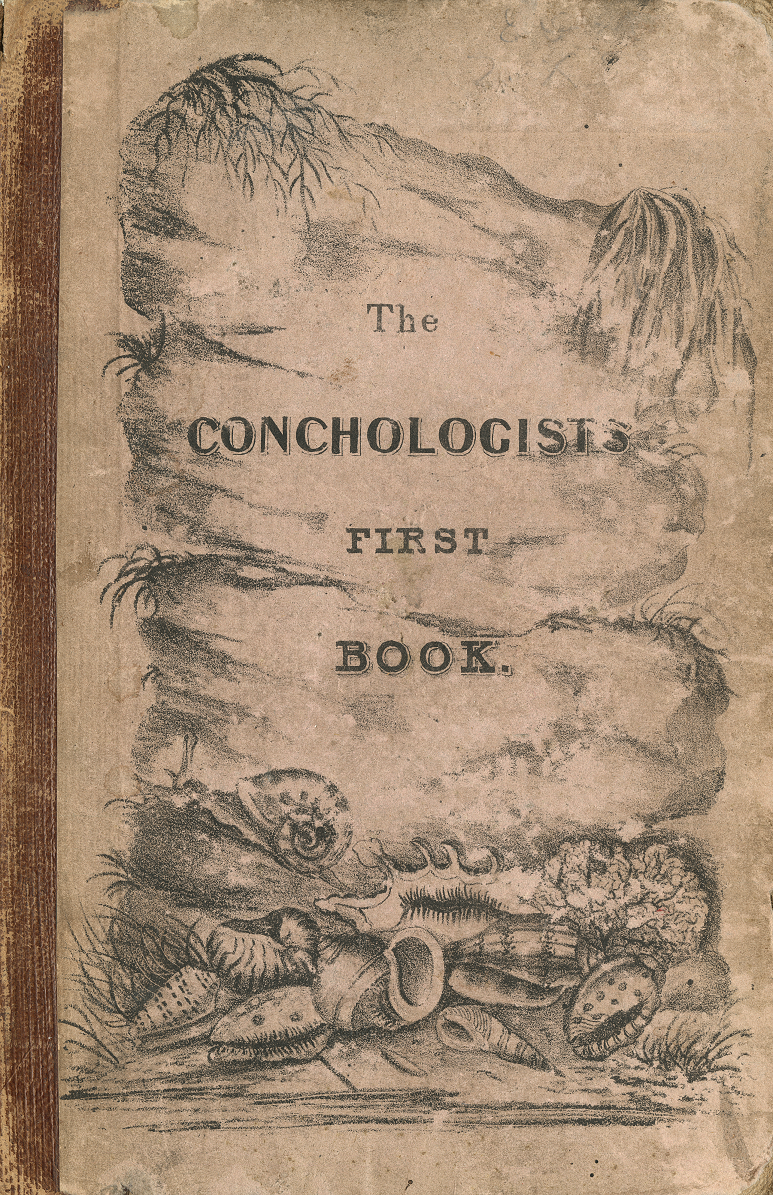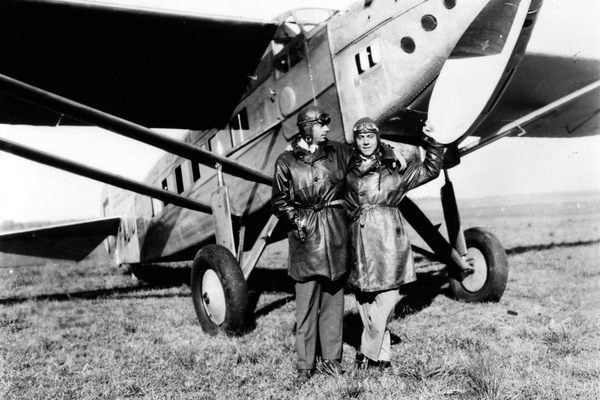
Poe’s Best-Selling Book During His Lifetime Was a Guide to Seashells
“The Conchologist’s First Book” was good enough to elevate the entire field.
This story is excerpted and adapted from John Tresch’s The Reason for the Darkness of the Night: Edgar Allan Poe and the Forging of American Science, available June 15, 2021, from Farrar, Straus, Giroux.
Edgar A. Poe landed in Philadelphia in 1838. He had been raised among the elite of Richmond, Virginia, but in Philadelphia he was an impoverished outsider seeking recognition and stability as a professional writer. Strikingly, Poe’s first publication in Philadelphia—and the one that sold the most in his lifetime—was a scientific textbook.
When Poe arrived with his teenage wife (and first cousin) Virginia Clemm and her mother Maria, they were “literally suffering for want of food,” living on “bread and molasses for weeks together.” Poe’s friend James Pedder, well situated at a sugar manufacturer’s, purifying the raw goods delivered from Caribbean slave islands, came to their aid; his daughters, Bessie and Anna, visited with gifts for “Sissy” and “Muddy.” Pedder was also editor of The Farmers’ Cabinet, publicizing techniques for improving soils and raising crops—the kind of practical, commercially oriented publication in which much of the era’s natural science was reported and discussed. Pedder had studied the beet industry in France and was scheming to introduce beet sugar to the States.
Pedder helped Poe find odd jobs. His old friends in Baltimore, Nathan Brooks and Joseph Snodgrass, published his occasional pieces in The American Museum of Science, Literature, and the Arts. Hoping for a government post, in July 1838 Poe wrote to the novelist James Kirke Paulding, who had become Van Buren’s secretary of the navy; he longed to “obtain the most unimportant Clerkship in your gift—any thing, by sea or land.” No luck.

By September 1838 the Poes had moved to a small house on Locust Street, with a garden suitable for the pet fawn that a friend offered as a gift for Virginia: “She desires me to thank you with all her heart—but, unhappily, I can not point out a mode of conveyance.” He had to content himself with imagining “the little fellow … already nibbling the grass before our windows.” Pedder offered a more useful gift: an introduction to a natural historian in need of a writer’s help.
Thomas Wyatt, a lecturer and schoolteacher based in Delaware, had published a large textbook on conchology—the classification of shells—with Harper & Brothers. Wyatt’s textbook relied on previous works by the French biologists Lamarck and Blainville. He also received assistance from Isaac Lea, the Philadelphia publisher and naturalist.
In the 1830s, geology was one of the most hotly pursued branches of science, not least because of the growing industrial importance of coal. Geology and conchology were closely linked: Knowing which shells and rocks went together made it possible to line up geological strata as successive chapters of the long history of the Earth. Lea, whose passion for natural science was stoked by his friendship with the geologist Lardner Vanuxem, wrote that geology and conchology, “its sister science,” revealed “objects of the highest importance, a thorough knowledge of our cosmogony,” or the origin of the universe. In a more radical vein, the poet and naturalist Erasmus Darwin had taken for his family’s emblem the phrase e conchis omnia—“Everything From Shells.”
Lea’s eyes were opened to the wonder of creation when he first examined a crate of shells from China and Ohio: He “did not know what it was to live on God’s earth before.” Lea published “Description of Six New Species of the Genus Unio”—shells of freshwater mussels—for the American Philosophical Society and became, along with Samuel Morton, a leading light of Philadelphia’s Academy of Natural Sciences, founded in 1812 as a less formal, more inclusive scientific society than the patrician American Philosophical Society.
In 1832, like many Americans of his generation pursuing scientific topics in depth, Lea took a tour of Europe. In Paris, Lea was given access to the library of the legendary naturalist Georges Cuvier; he acquired part of Jean Baptiste Lamarck’s shell collection and met the anatomists of the Jardin des Plantes, who reclassified the museum’s Unio shells according to Lea’s system. On his return Lea published a large folio with full-color prints, Observations on the Genus Unio.
Thomas Wyatt built on Lea’s classifications in his conchology textbook, merging them with others to form a more comprehensive overview of all known shells. Yet as Wyatt gave lectures on the lyceum circuit, his book proved too large and expensive for his listeners, many of them women and children. He needed a handier, more affordable volume but could not publish a similar work without infuriating his publisher, the mighty Harper & Brothers, by undercutting their sales. He needed a new edition: shorter, cheaper, and signed under another author’s name.
Enter Poe, newly arrived and eager for work. Thanks to his work on his only novel, The Narrative of Arthur Gordon Pym of Nantucket and reviews he had written, Poe had a proven record on scientific topics. Fluent in French, he could work through the relevant volumes by Cuvier, Lamarck, Blainville, and naturalist Étienne Geoffroy Saint-Hilaire, all available for consultation in the Library Company on Locust Street—an august space overlooked by a giant bust of Athena.

Published in 1839, The Conchologist’s First Book by Edgar A. Poe was slim, portable, and inexpensive, with several plates of engraved shells. The preface and introduction were lifted from Wyatt’s book and from Thomas Brown’s Elements of Conchology, which openly acknowledged their own debts to French precursors. Though later wags accused Poe of plagiarism for this book, all “new” systems of natural history depended on earlier systems, which were in turn the product of an enormous collective and largely anonymous labor by observers, collectors, and taxonomists around the world. In his preface, Poe thanked Isaac Lea for his “valuable public labors” and for “private assistance” in preparing the book.
Poe introduced important improvements. The biologist Stephen Jay Gould pointed out the book’s “progressive, even innovative, arrangement of material.” Brown’s book had followed the order of description of Lamarck, presenting the shells descending from those taken as most advanced or perfect to the lower, more “primitive” types, but Poe adopted a more widely practiced convention, ascending from “lower” shells upward.
Poe’s subtitle, A System of Testaceous Malacology, announced a more significant advance. “Malacology,” taken from the Greek word for “soft,” is the study of small, soft creatures, while “testaceous” means having a shell. Previous works of conchology, Poe wrote, “appear to every person of science very essentially defective, inasmuch as the relations of the animal and shell, with their dependence upon each other, is a radically important consideration in the examination of either.” He saw “no good reason why a book upon Conchology (using the common term) may not be malacological.” Rather than a study of the ruins left by dead creatures, Poe described both shells and their squishy inhabitants, raising conchology “from artificial description to integrative biology.” Poe’s book was not just shorter and cheaper but more complete, with innovations that surpassed its predecessors.

Unlike Wyatt—but like Lea—Poe also included natural theological reflections: “To an upright and well regulated mind, there is no portion of the works of the Creator, coming within its cognizance, which will not afford material for attentive and pleasurable investigation.” He quoted the German naturalist Carl Bergmann, who wrote that shells are “medals of the Creation”—lasting records of God’s design.
The first edition sold out; a second, published the same year, added “more recently discovered American species,” noting that the work had been adopted by several schools. In three editions, the book sold more copies than any other Poe published in his lifetime. It brought him at least $50, putting food on the table. It also gave him a crucial contact with Isaac Lea, whose Philadelphia publishing house would print Poe’s first collection of stories. And the success of The Conchologist’s First Book gave him something to crow about as he put his skills up for sale.
In addition to his three poetry collections, at age 30 Poe was the author of two very different books: his playful, sensational, mysterious novel Pym, full of empirical detail and psychological insight but denounced as an “attempt at humbugging the public,” and The Conchologist’s First Book, a widely read scientific textbook, adding to the best established research of the day, extending a rational classification over a significant domain of nature.
In Philadelphia, a vast public hunger for entertaining novelties was matched by projects to standardize knowledge and ban the speculations of quacks. Standing at the intersection of these two currents, Poe would be right at home.


![Anne Bonny and Mary Read were both "convicted of piracy at a Court of Vice Admiralty [and] held at St. Jago de la Vega on the Island of Jamaica, 28th November 1720," according to the inscription accompanying this 1724 Benjamin Cole engraving from <em>A General History of the Pyrates</em>, by Daniel Defoe and Charles Johnson.](https://img.atlasobscura.com/5_kDHgENxQkc0QzZuPs_kICvmEP5JNCV8bcXDI7m5Do/rs:fill:600:400:1/g:ce/q:81/sm:1/scp:1/ar:1/aHR0cHM6Ly9hdGxh/cy1kZXYuczMuYW1h/em9uYXdzLmNvbS91/cGxvYWRzL2Fzc2V0/cy81NDQ0ZGNiMi1m/YzRkLTQ4YjUtYTVh/MC0xYzU2ZDliOTY0/YjY1NGNkMWI4MWEw/OTExMDM5ZTZfQW5u/ZSBCb25ueSBhbmQg/TWFyeSBSZWFkIC0g/RmVtYWxlIFBpcmF0/ZXMgaW4gMTgwMHMu/anBn.jpg)




















Follow us on Twitter to get the latest on the world's hidden wonders.
Like us on Facebook to get the latest on the world's hidden wonders.
Follow us on Twitter Like us on Facebook